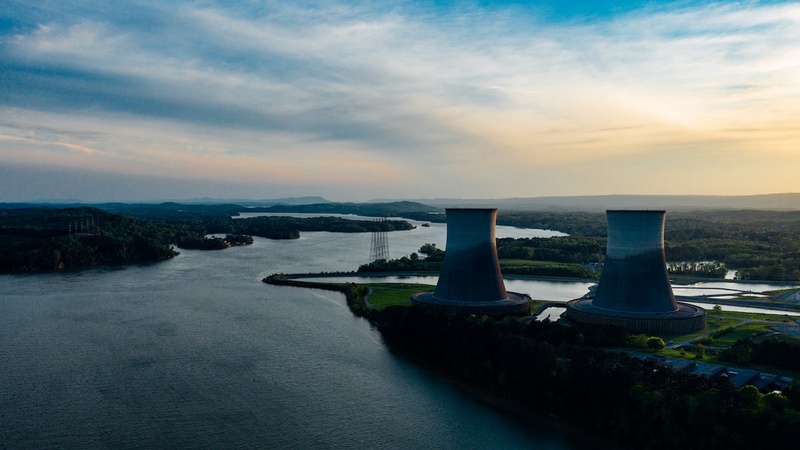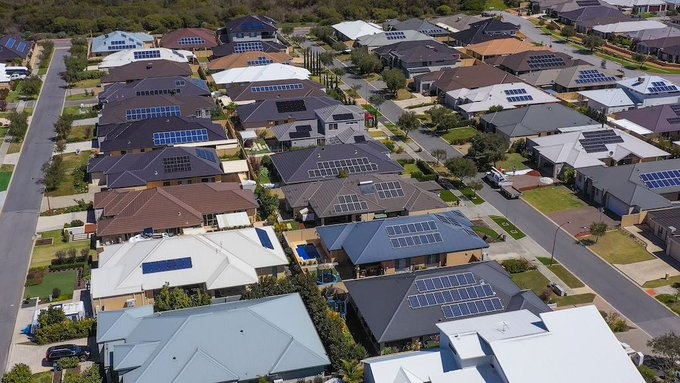November 18 NEC Energy News
¶ “Nuclear Power Is Not The Answer To The Earth’s Energy Crisis” • Nuclear power is falling behind wind and solar. But now, for the first time, the 2022 World Nuclear Industry Status Report assesses the risks of nuclear power and war. Ukraine’s nuclear plant at Zaporizhzhia provides an example of the problem of unclear power and war. [Daily Trust]

¶ “Burns & McDonnell Signs Offshore Substation Partnership” • Burns & McDonnell and Bay Ltd have announced a partnership to provide US-based engineering, procurement, fabrication, and construction of offshore substations. Burns & McDonnell will lead engineering. Fabrication and construction will take place in existing Bay Ltd facilities in Texas. [reNews]
¶ “Geely’s Radar Brand Officially Launches The RD6 Electric Pickup Truck” • The Geely Group’s new brand Radar Auto has officially released its new RD6 electric pickup for sale in China with a starting price of RMB 178,800, the equivalent of $24,600. The announcement comes after a preview of the RD6 electric pickup was given back in July. [CleanTechnica]
¶ “Gas Well Methane Leaks Are A ‘Huge’ Environmental And Economic Issue, BP CEO Says” • In a wide-ranging interview with the ABC, Bernard Looney, CEO of oil and gas supermajor BP, said methane leakage from gas wells in Australia and across the globe was a “huge issue” that needed to be fixed on economic and environmental grounds. [ABC]

¶ “Rooftop Solar Powers Western Australia To Renewable Energy Record” • The Australian Energy Market Operator confirmed a record for instantaneous renewable energy share at about 12:30 local time on Nov 12, with rooftop solar contributing more than 61% of the electricity generated in WA’s main grid, the South West Integrated System. [pv magazine Australia]
¶ “Proposed HVDC ‘Macrogrid’ To Transmit Renewable Power At Low Cost In US” • Modeling specialist Vibrant Clean Energy has proposed a transmission “overlay” for the contiguous US, with about 210 underground high-voltage DC transmission lines, 70 nodes, and underwater lines. HVDC can deliver power over long distances very efficiently. [PV Magazine]
For more news, please visit geoharvey – Daily News about Energy and Climate Change.
